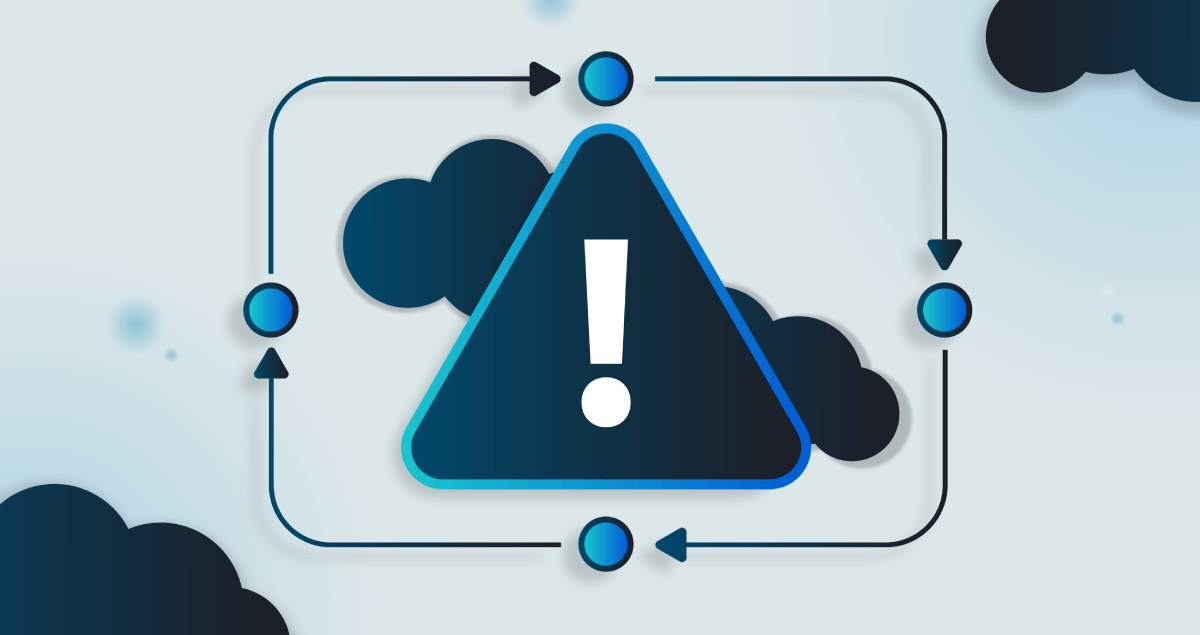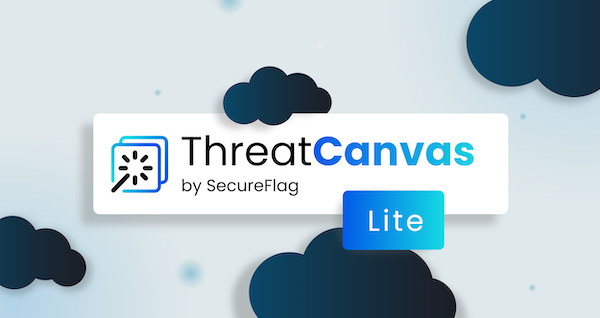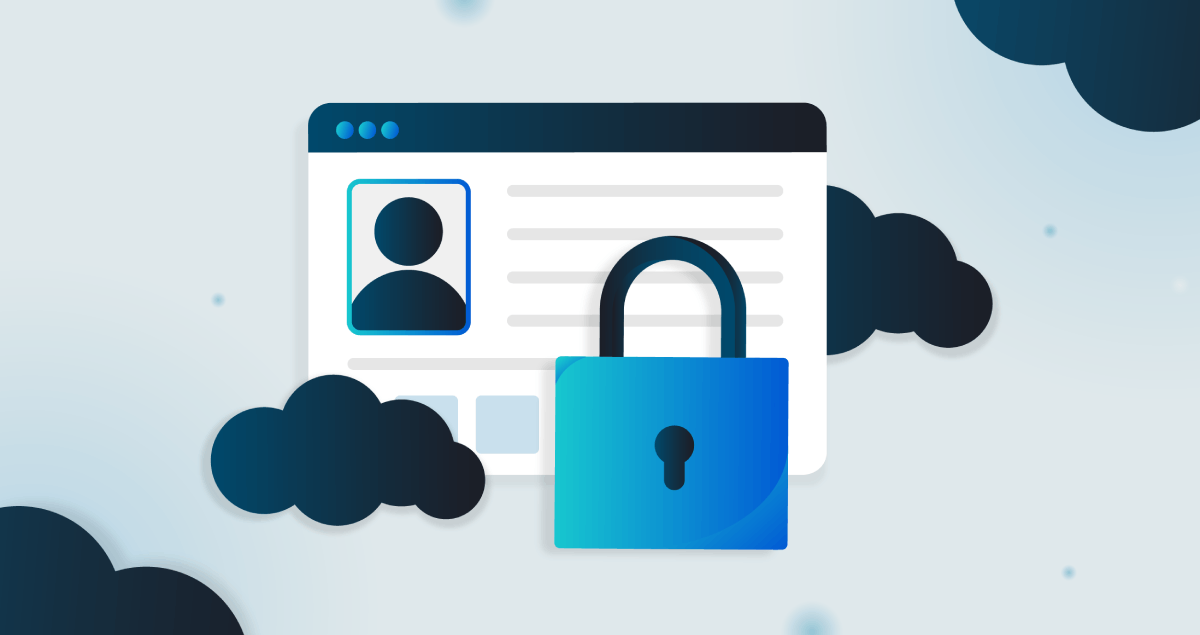Threat modeling is all about staying ahead of security risks. Instead of waiting for an attack to happen, it helps teams catch potential vulnerabilities early, before they turn into real problems. However, traditional threat modeling can be resource-intensive and slow.
That’s why we’re pleased to introduce our Rapid Developer-Driven Threat Modeling (RaD-TM) approach, which addresses these challenges. It makes threat modeling lightweight, developer-friendly, and easy to fit into the workflow.

Why Threat Modeling Matters
Here’s why taking security seriously from the start is worth it:
-
Supports proactive security: Identifying problems during the design or development phase is much easier than trying to mitigate them later.
-
Helps teams prioritize risks: Threat modeling shows which risks need immediate attention based on their priority.
-
Makes compliance easier: Whether it’s PCI DSS, HIPAA, or GDPR, having a threat model helps meet regulatory requirements.
The Challenges of Traditional Threat Modeling
The old-school way of doing threat modeling has a few big drawbacks:
-
Heavy Resource Demands: Since the scope usually covers the entire system, you need several senior stakeholders who understand the whole architecture. These long sessions can be difficult to schedule, and even harder to do on a regular basis.
-
Specialized Knowledge: Traditional methods require deep security expertise, but developers and architects may struggle to think like attackers. That means security experts have to step in to guide the process, but scaling this approach becomes a real challenge since they’re in short supply.
-
Too Broad in Scope: When the whole application or system is considered all at once, the model tends to be quite high-level. While it gives a general idea of potential threats, it might not offer clear guidance on which specific controls to put in place. Plus, the wide-ranging discussion can be overwhelming for developers, making it less useful on a day-to-day basis.
A Better Way: RaD-TM
RaD-TM completely redefines the traditional model with two main components:
1. Focus on Individual Features
The threat model concentrates on individual features or components instead of the whole application. This allows developers or small teams who are familiar with specific functionality to create accurate diagrams without needing all the senior stakeholders involved.
When choosing features for threat modeling, it should be those that matter most for security, like access control, payment processing, or handling personal data. The focus should be on the key areas that could affect the application’s overall security.
2. Use Risk Templates
Risk Templates simplify threat modeling by offering predefined sets of prioritized threats and controls, customized for different technologies, environments, and compliance needs. Instead of having to rely on security experts, developers can pick a relevant template and get an organized list of potential risks and solutions.
The Power of Risk Templates
Unlike traditional methods that generate long, overwhelming lists of generic threats, these templates provide concise, actionable insights tailored to specific needs.
For example, multiple stakeholders can layer different templates onto the same model:
-
A developer working on a Java app might apply a Java security template.
-
A cloud engineer might use an AWS environment template.
-
A compliance specialist could add a PCI DSS template.
This modular approach ensures that security is covered from all angles—without creating an unmanageable, bloated threat model. Using these templates speeds up processes, helps avoid missing key threats, and keeps best practices consistent across projects.
Plus, because the templates are designed for specific stakeholders, the threats and controls are always relevant.
The Different Types of Risk Templates
RaD-TM Risk Templates come in a few different types:
-
Implementation-Focused: These templates are based on the OWASP Top 10 or secure coding guidelines for specific programming languages. They help developers quickly spot and fix common coding issues and vulnerabilities tied to a particular language or framework.
-
Environment-Focused: Built for specific hosting environments like AWS, Azure, GCP, or on-premises, these templates focus on risks related to infrastructure or configurations, such as misconfigured storage buckets or overly permissive security groups.
-
Compliance-Focused: These templates are designed to help meet industry standards like PCI DSS, HIPAA, or GDPR. They make sure the system complies with legal or regulatory requirements by mapping threats to controls that follow those rules.
-
Organization-Focused: Teams can stay ahead of potential problems with templates that are customized to an organization’s unique priorities and common vulnerabilities, like recurring issues from bug bounties or past incidents.
While the methodology comes with ready-to-use Risk Templates, security experts within the organization can (and should) tweak them to match the company’s most important threats and approved controls.
How RaD-TM Works: Step by Step
RaD-TM is designed to be iterative, meaning teams can revisit and refine threat models as the application evolves. Here’s how it works:
-
Create a visual model: Map out components, interactions, and data flows.
-
Define trust boundaries: Identify areas where access levels or trust in data changes.
-
Use Risk Templates: Apply relevant templates to pinpoint key threats.
-
Assign controls: Match threats with the right security measures.
-
Evaluate risks: Determine if threats are mitigated, unmitigated, or accepted.
Making use of this approach means teams can create easy-to-maintain threat models that change alongside their codebase.
Scaling and Automating RaD-TM
RaD-TM is tool-agnostic, so organizations can choose to implement it manually or with third-party tools to streamline the process. Using a specialized tool brings more consistency across teams, speeds up threat modeling rollout, and makes it easier to manage across the organization.
Automated tools can help with:
-
Generating diagrams that evolve with the code.
-
Suggesting relevant threats based on the features being developed.
-
Mapping controls to ensure consistent security coverage.
Making Threat Modeling Work for Developers
One of the most significant benefits of RaD-TM is that it doesn’t slow down development. Instead of having long security meetings, it lets developers create their own threat models, which security teams can review asynchronously. This makes the process much more flexible and scalable.
RaD-TM: A Step Towards Stronger Security
Security needs to be built in from the start, not added on later. SecureFlag’s RaD-TM makes that possible by giving developers the tools to integrate threat modeling into their daily work, without all the complexity.
Explore the newly published RaD-TM methodology in our GitHub repository! We invite you to review the documentation, adopt the methodology within your organization, and help us enhance it by contributing feedback or submitting your own Risk Template.
For organizations looking to make security a natural part of development, RaD-TM is a practical way forward. And if you’re looking to automate the process, tools like ThreatCanvas can help streamline adoption.


